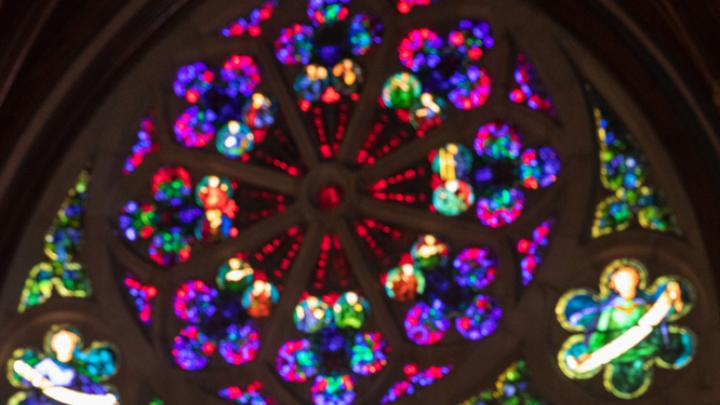After a national search, the Faculty of Arts and Sciences has appointed Brenda Tindal the inaugural chief campus curator, beginning February 13.
Tindal—who has been the executive director of the Harvard Museums of Science & Culture (HMSC) since May 2021—will be responsible for collaborating with units across the Faculty of Arts and Sciences (FAS) to curate the campus’s visual culture and signage to better reflect the diversity of the Harvard community and reckon with the University’s exclusionary past. The campus curator position was first broached in a 2021 report from the FAS Task Force on Visual Culture and Signage, a group launched by FAS dean (now University president-elect) Claudine Gay. In FAS’s announcement today, Gay wrote, “This appointment is an opportunity to revitalize Harvard’s shared spaces in order to acknowledge the past, while celebrating the diversity of the present and promoting the vitality of the future.”
Tindal’s initial priority will be leading the renewal of three critical spaces: the FAS Faculty Room (in University Hall, where faculty meetings are held), Annenberg Hall (now the freshman dining commons), and the Graduate School of Arts and Sciences Student Center in Lehman Hall—all of which were identified in the 2021 task force report. These are popular gathering spots for the FAS community and also, according to the report, spaces “whose visual culture is dominated by homogenous portraiture of white men.” Tindal will collaborate with an Advisory Committee on Visual Culture and Signage to rethink such spaces and will report to FAS dean for administration and finance Scott Jordan.
In a note announcing Tindal’s appointment, Gay praised her dedication to connecting Harvard with other communities. While at HMSC, she aspired to make it, in her words, “one of Harvard’s front porches”—collaborating with institutions like the Chelsea Public Library, where she launched bilingual program guides and bilingual educators for the museums’ K-12 programming, and hosted more than 100 public programs. Tindal also served on the Human Remains in the Harvard Museums Collections Returns Committee and the Legacy of Slavery Memorial Project. She advised on best practices for engaging with Indigenous communities and for ethical stewardship in museology (see here for more on the issues involved in handling human remains). Before arriving at Harvard, Tindal served as the founding director of education and engagement at the International African American Museum in Charleston, South Carolina, where she oversaw the museum’s public-facing initiatives and curated the visitor experience for its permanent exhibitions.
Gay added that the campus curator will shape how people interact with the University; she feels confident the role will lead to a more inviting campus. “I am excited for the benefit of Brenda’s leadership and passion in supporting this important work,” she wrote. “The visual culture and signage across Harvard communicates what our institution values, who it celebrates, and the kind of community we aim to foster.”








